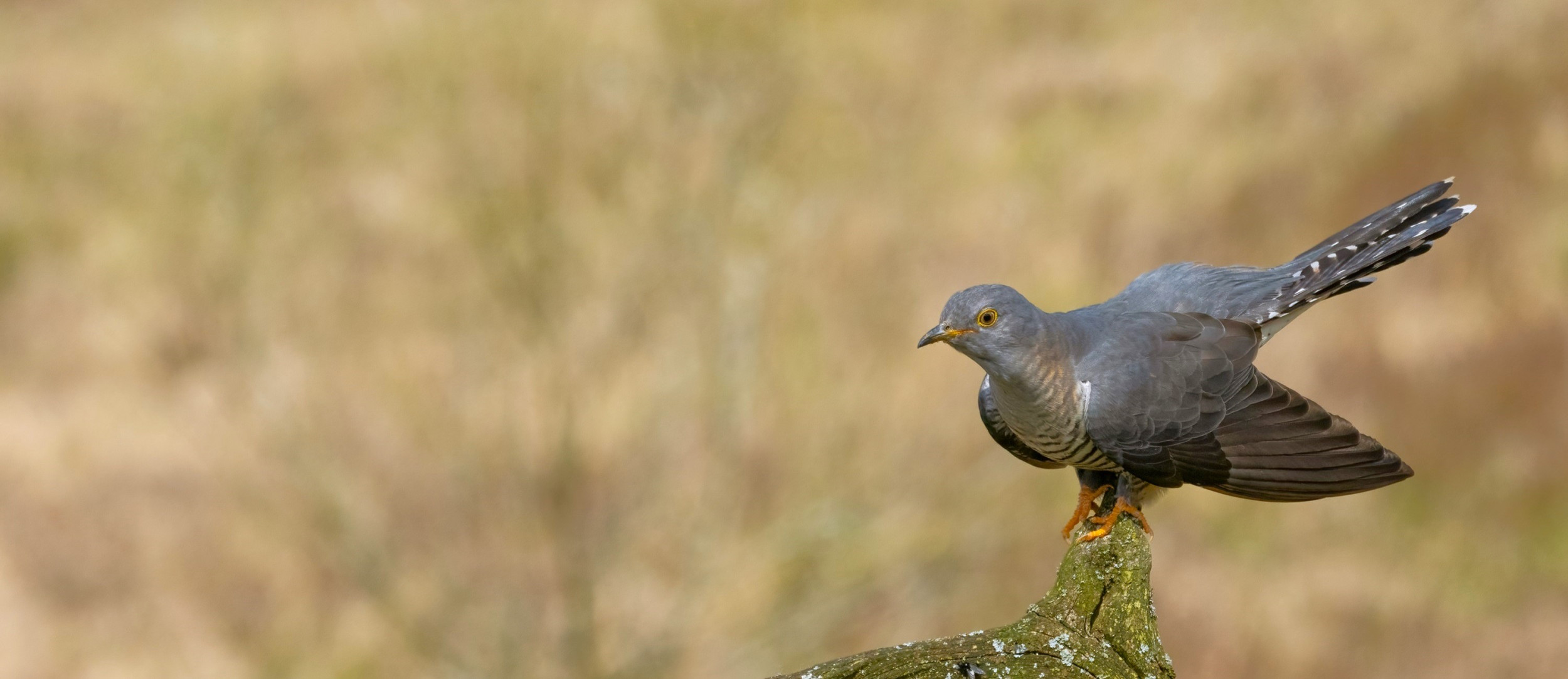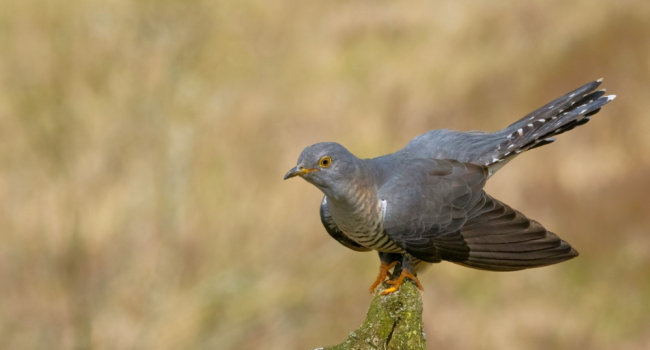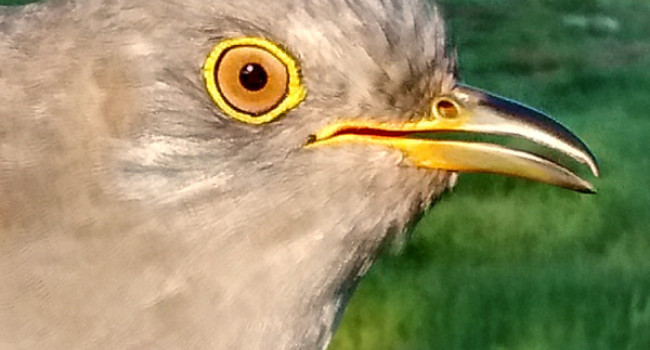Updates from our Cuckoos
Read the latest updates from our Cuckoos on their epic migration between the UK and tropical Africa, or track their movements in real-time on our Cuckoo migration map.
- If you enjoy these updates, please consider sponsoring a Cuckoo. Sponsors receive special updates about their chosen Cuckoo in the Cuckoo e-newsletter.
Lyster leaping through Europe
Martin close to Chari River
Clement finds vegetation
Chris makes it!
Chris has made it safely over the Sahara! A series of locations received yesterday afternoon (Monday 25 July) placed him in southern Chad, about 190km (120 miles) from the border with Central African Republic. Chris is still our most easterly Cuckoo and, equal with Martin, he is now our most southerly too. His current location is at the southern edge of the semi-arid Sudan savannah zone, very close to the sub-humid northern Guinea savannah - with the rains having just started the conditions should be quite good for him.
Clement explores the area around the River Ferlo?
Clement has settled in an area for the past few days and with the good light conditions, the solar-powered tag is performing well. We have had a number of fixes but these are not of sufficient accuracy to be sure whether he is moving about the area or not.
We really don't know exactly how important the Sahel is for migrating Cuckoos. This is the area just below the Sahara desert that has a three month period of rainfall starting in June/July. By September the area is green but, in our spring when migrants start to return, it is dry and arid and conditions are tough.
We the Cuckoos to winter further south in the humid zone of central Africa and they could spend from only a few days to maybe 2-3 months in the Sahel. With the rains having just started, this area is going to be lush and green if rainfall is good, so they may well stick around for some time. Satellite tagging is really giving some new and very valuable insights into Cuckoos' behaviour.
At last! Lyster is on the move
After being in the same place at Reedham in the east of England, we were seriously beginning to wonder if Lyster was OK, or whether he had died and the tag was lying in the open and still transmitting!
Our first indication of any movement was at 23:37 on the 22nd July. Earlier in the day he was still at Reedham, but this was a poor fix and at the time we thought that this was a spurious point. However on reflection this fix, which put him over the sea just to the east of London, was probably true and we think he left Norfolk that evening.
We next pick up his story on the 25 July at 08:30 in the Limousin region of central France, approximately 30km SW of Limoges. As with the other Cuckoos he is staging in a region of mixed farmland and woodland. He does not appear to be migrating and may stay here a few days before moving on again. He has taken the most westerly movement out of the UK of any of the five Cuckoos so far. Will he join Clement by going through Spain into West Africa or follow the remaining three to Italy and then down into Central Africa?
Overflying Lake Chad
Martin was in the toe of Italy when we last saw him at 16:30 on the 21st July. We next picked him up at 19:30 on the 23rd in southern Chad at approximately 15 degrees North whilst on active migration. He carried on migrating through the night and ended up overflying Lake Chad. Our last fix was in northern Nigeria at 04:00 GMT, some 400km away from where we first picked him up. We can not say whether he was still on active migration or not. Since our last fix in Italy some 51 hours earlier, he had covered 2,500 km at an average speed of 49 km h-1, exactly the same as Chris who in the past two days flew a distance of 2,700 km in 56 hours.
Lake Chad is a well known stopover site for migrants but Martin has decided to go futher. We await his next fix with interest to see whether he has stayed put or is pushing further south.
Bubbling hot springs, steam jets and boiling mud pots
On the night of the 20th July, Chris was still in northern Italy. A series of three poor quality fixes indicated that by the early morning of 23rd July, Chris had crossed into Africa and was in Chad, having undergone a lengthy migration of over 2,600 km in 55.5 hours.
The latest fixes put him around the rim of Tarso Voon, a 3,100m high Stratovolcano located in the central-western part of the Tibesti Mountains. This range of mountains are the largest in the central part of Sahara and contain numerous interesting natural and historical landmarks - but most are little investigated due to the nearly constant warfare in this region.
Although the volcanoes are inactive the volcanic landscape (take a tour here) is impressive. The most interesting geothermal features of Sahara are seen in Soborom geothermal field about 5km west of the rim of Tarso Voon where there are bubbling hot springs, steam jets and boiling mud pots. Local Toubou and other people from this part of Sahara come and stay for a few days in the natural resort to heal dermatitis or rheumatism. For healing, a pool, where water is some 42°C warm is used. The hottest spring pool is named Yerike - gas constantly rises from it and the pool is bubbling as if boiling. The temperature of springs in Soborom is between 22 and 88°C. In these areas sulphur and iron also emanate and both have coloured the soil in vivid colours.
The landscape is rugged (see here and here) and Chris can’t be spending much time here. To survive he must push on further southwards to the relative greenery of the Sahel.
Kasper settled in southern Niger
Kasper remains in an area of farmland and scattered bushes in southern Niger, approximately 18 km from the Nigerian border.
Is Chris ready?
As of Wednesday evening (20 July) Chris was still close to the river Po, on the edge of the Po delta. He has been overtaken by Martin in terms of progress south – will he leave soon for the push on into Africa? His next transmission period begins tonight, when we might find out.





Share this page